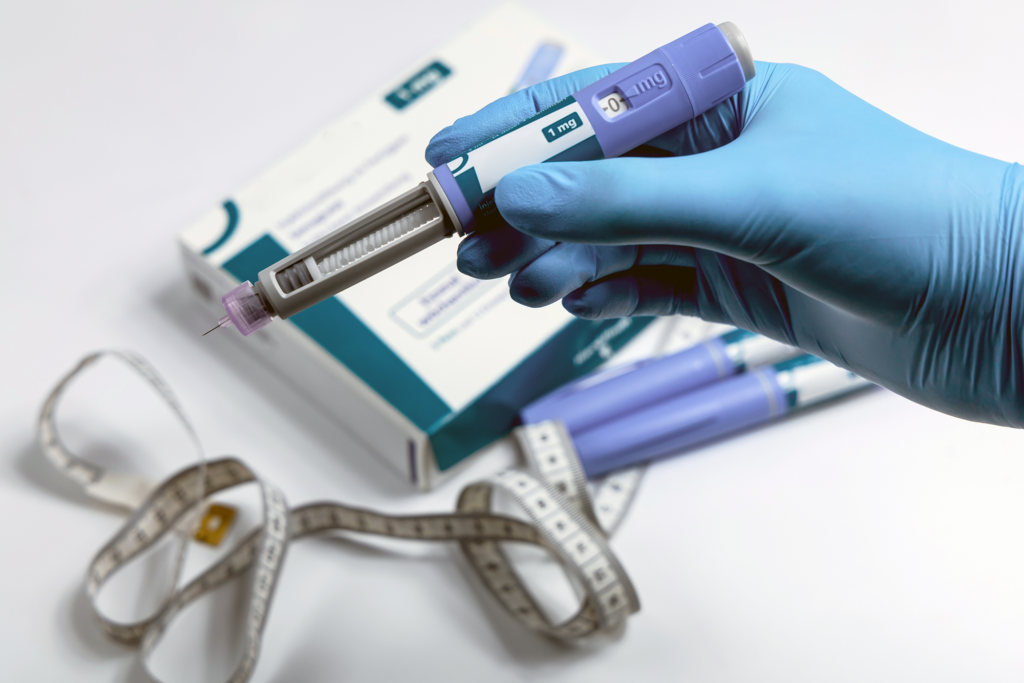Report Finds Weight Loss Drugs Key Driver of 2025 Health Care Cost Increase

A recent Business Group on Health (BGH) survey found that heightened interest and spending on glucagon-like peptide-1(GLP-1) drugs is a major driver of rising health care costs in 2025.
Americans’ interest in GLP-1 drugs is increasingly pressuring employers’ budgets. On average, GLP-1 treatment costs around$1,000 per individual each month. The medications were traditionally used to treat diabetes but are now in demand for weight loss. When considering covering weight loss drugs, many employers are concerned that they must be used for extended periods to be effective, requiring a long-term commitment.
Large employers that collectively cover 17.1 million Americans participated in BGH’s annual health care strategy survey. These employers predicted that their health care costs would rise about 7.8% in 2025 before plan design changes, mostly due to pharmacy costs. More than half (57%) of the respondents said that GLP-1 spending was “driving health care costs to a great or very great extent.” Other concerns focus on costly cell and gene therapies and overall pharmacy costs. Participating employers in the BGH survey said they won’t reduce benefits and plan to absorb most of the costs themselves instead of passing them onto their employees.
Employer Takeaway
The popularity of weight loss drugs, such as Ozempic and Wegovy, has soared in the United States. This trend has even made its way into the workplace as employees ask their employers to cover weight loss drugs. Given the cost of GLP-1 drugs and their long-term commitment, employers may still be on the fence about whether they should cover the drugs despite demand.
For more Employee Benefits resources, contact INSURICA today.
Copyright © 2024 Smarts Publishing. This is not intended to be exhaustive nor should any discussion or opinions be construed as legal advice. Readers should contact legal counsel or an insurance professional for appropriate advice.





